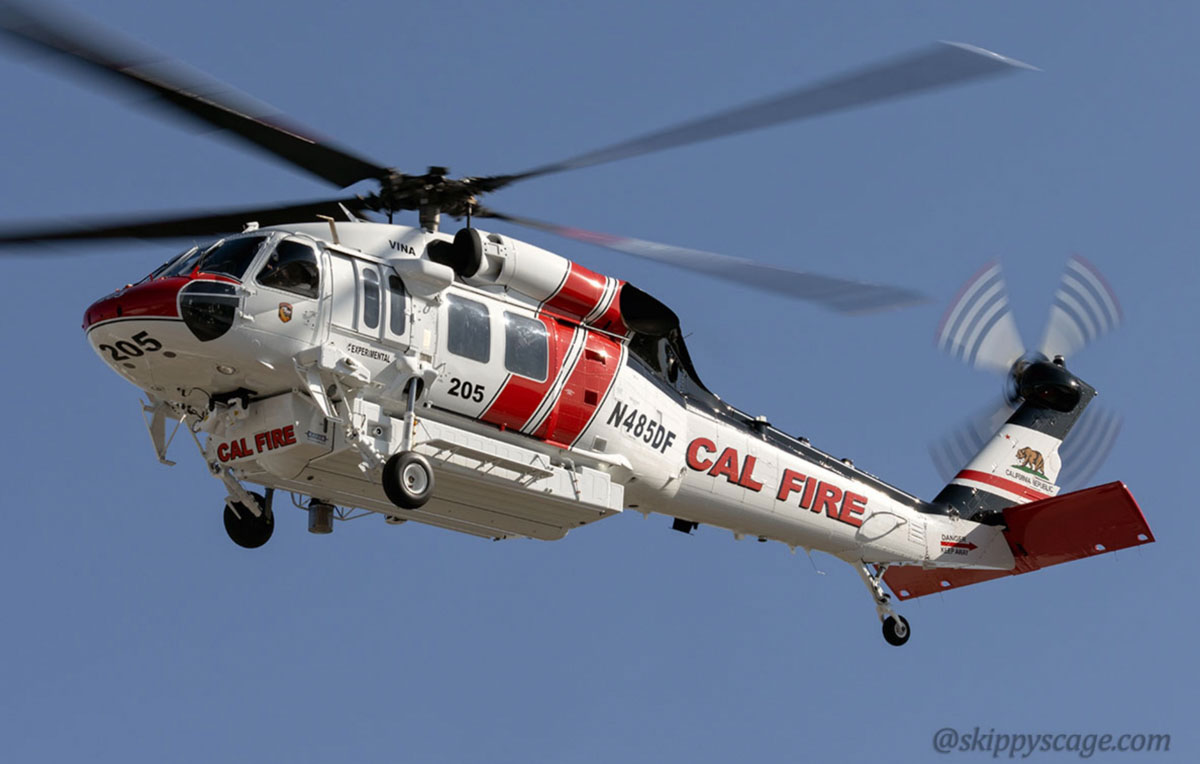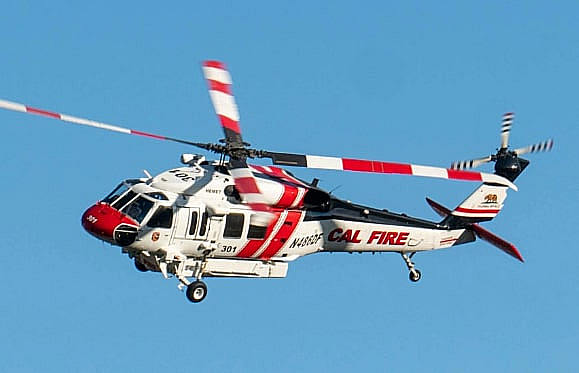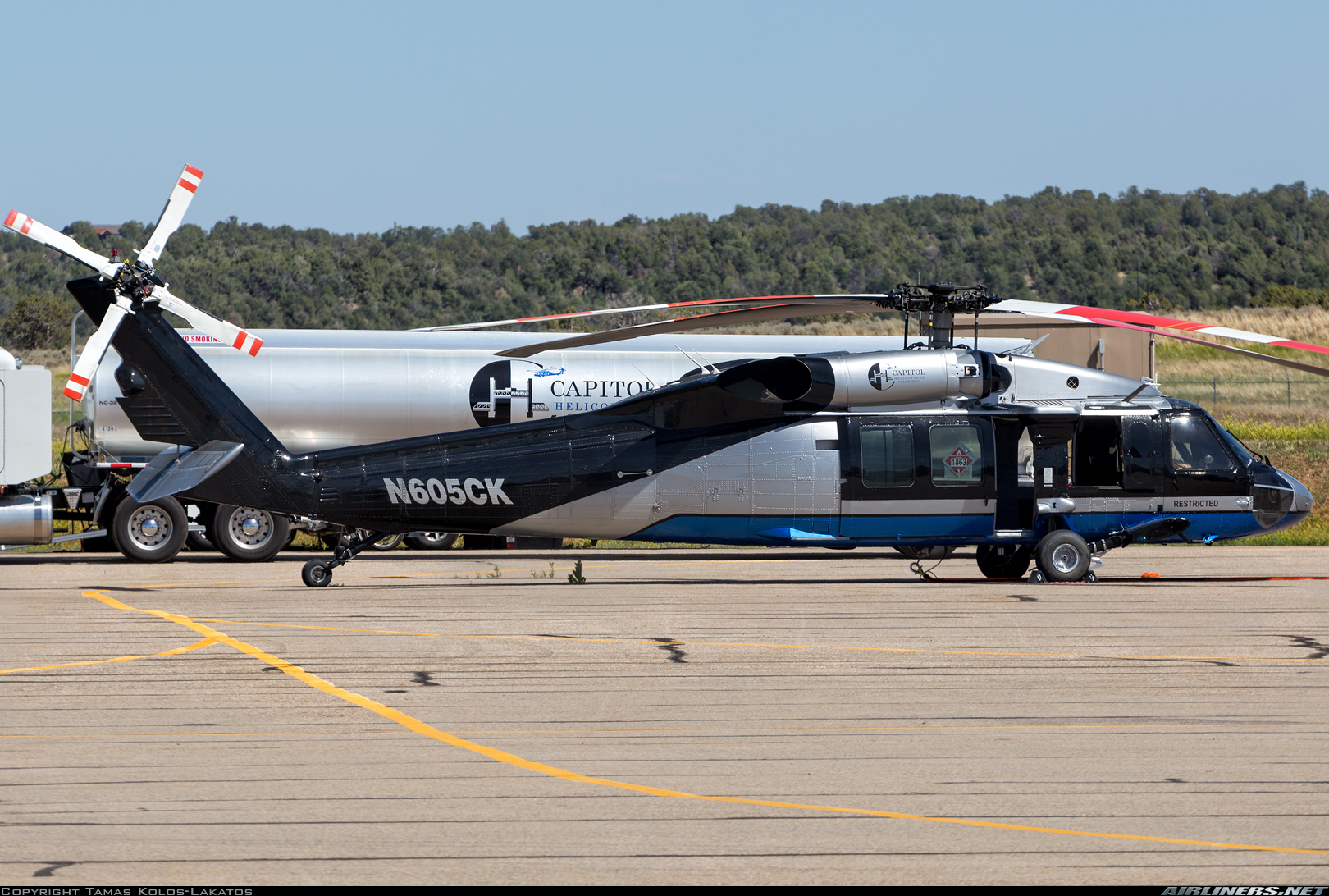A Consider the Sikorsky S 70's Role in Army and Civil Aviation
A Consider the Sikorsky S 70's Role in Army and Civil Aviation
Blog Article
High-Performance Multi-Role Rotorcraft Featuring Advanced Cabin Technologies and Integrated Sensor Systems
The realm of rotorcraft technology has actually seen significant improvements in current times, specifically in the realm of high-performance multi-role rotorcraft furnished with sophisticated cabin technologies and effortlessly incorporated sensing unit systems. In the following discussion, we will explore the advancement of rotorcraft innovation, dig into the world of advanced cockpit advancements, and check out the implications of incorporated sensing unit systems on the functional convenience and efficiency of modern rotorcraft.
Advancement of Rotorcraft Innovation
The development of rotorcraft technology has been marked by substantial developments in aerodynamics, products, and propulsion systems, forming the capacities and performance of contemporary rotorcraft. Aerodynamic improvements have actually boosted the performance and ability to move of rotorcraft, enabling for increased speed, dexterity, and security during trip (sikorsky s 70). Advancements in products, such as using composite materials and advanced alloys, have resulted in lighter yet stronger rotorcraft frameworks, boosting general efficiency and resilience. Additionally, improvements in propulsion systems, including more effective engines and ingenious propulsion technologies, have enabled rotorcraft to achieve greater elevations, faster speeds, and better hauls.
These advancements have not just changed the capabilities of rotorcraft but have actually additionally expanded their applications across different industries, consisting of army, industrial, and emergency solutions. The continuous evolution of rotorcraft modern technology remains to drive development in the area, pressing the boundaries of what is possible and forming the future of vertical flight.
Advanced Cockpit Innovations
Building upon the fundamental improvements in the rules of aerodynamics, materials, and propulsion systems, the realm of rotorcraft modern technology now shifts emphasis in the direction of pioneering Advanced Cabin Innovations. The integration of cutting-edge technologies within the cockpit atmosphere plays an important role in enhancing the functional abilities, safety, and performance of modern-day rotorcraft. sikorsky s 70. Advanced Cabin Innovations include a vast range of features made to provide pilots with enhanced situational understanding, streamlined information management, and intuitive control interfaces
Among the essential innovations in cockpit design is the application of glass cabins, which replace standard analog evaluates with high-resolution screens. These electronic systems use customizable layouts, real-time information integration, and boosted readability, allowing pilots to access crucial details at a look. In addition, advanced avionics systems, such as fly-by-wire controls and increased reality screens, are transforming exactly how pilots engage with the airplane, enabling specific control and enhanced decision-making abilities.


Integrating innovative cockpit innovations not just boosts pilot performance yet likewise adds to total goal performance and safety and security in complicated operational settings. By leveraging cutting edge modern technologies within the cockpit, rotorcraft makers are establishing new requirements for operational excellence and goal success.
Integrated Sensor Equipments
With the development of rotorcraft modern technology, the combination of innovative Integrated Sensor Equipment has come to be paramount in boosting functional effectiveness and safety and security. These Integrated Sensor Solutions incorporate a broad selection of technologies that supply important data for different features such as navigation, monitoring, targeting, and ecological monitoring. By effortlessly incorporating sensors like radars, cams, lidar, and infrared systems into rotorcraft, drivers can gain from boosted situational awareness, improved mission capacities, and decreased pilot work.
One secret advantage of Integrated Sensor Systems is their capability to collect real-time information and give actionable understandings to pilots and objective drivers. For instance, progressed radar systems can discover and track targets over fars away, permitting for early threat discovery and efficient feedback planning. In addition, incorporating electro-optical and infrared video cameras allows rotorcraft to perform reconnaissance and security goals with precision and accuracy.
In essence, the combination of sophisticated sensor innovations right into rotorcraft not only improves functional effectiveness but also adds substantially to total goal success and team security. As rotorcraft remain to advance, the role of Integrated Sensing unit Solution will undoubtedly stay at the forefront of development in the aerospace industry.
Operational Flexibility and Effectiveness
Enhancing operational convenience and performance in rotorcraft is a natural development from the assimilation of sophisticated Integrated Sensor Systems. By leveraging the insights and data supplied by these innovative sensor systems, rotorcraft can maximize their efficiency across various goals and atmospheres.
Functional adaptability includes the ability of rotorcraft to adjust to various functions and scenarios successfully. With sophisticated cabin modern technologies check this site out and integrated sensing unit systems, rotorcraft can perfectly shift between jobs such as search and rescue, medical discharge, monitoring, and extra. This adaptability enhances the rotorcraft's ability to meet diverse functional needs without needing extensive reconfiguration.
Effectiveness in rotorcraft operations is crucial for making the most of goal performance and source application. Integrated sensor systems play an essential duty in boosting functional performance by offering real-time data on climate condition, terrain mapping, target monitoring, and a lot more. This data allows pilots to make enlightened choices swiftly, enhance trip courses, conserve fuel, and improve total mission productivity.
Effect On Modern Air Travel Workflow

Furthermore, the assimilation of advanced sensing units helps with boosted objective preparation and implementation, making it possible for rotorcraft to carry out a variety of jobs with improved accuracy. From search and rescue operations to aerial firefighting and legislation enforcement goals, the abilities of modern-day rotorcraft equipped with sophisticated cabin technologies and incorporated sensing unit systems are unequaled.
Moreover, the effect of these innovations expands beyond functional effectiveness to cost-effectiveness and sustainability. By optimizing flight courses, gas consumption, and maintenance routines, high-performance rotorcraft outfitted with advanced cockpit innovations and sensing units add to reducing operational costs and environmental effect, making them indispensable assets in modern-day air travel operations.
Final Thought
To conclude, the high-performance multi-role rotorcraft with innovative cabin technologies and integrated sensing unit systems stands for a substantial advancement in aeronautics modern technology. These innovations enhance operational versatility and efficiency, ultimately impacting modern air travel operations in a positive method. The assimilation of these innovative modern technologies allows for improved capabilities and performance in various objective circumstances, showcasing the proceeded advancement of rotorcraft innovation in the aeronautics sector.
The world of rotorcraft modern technology has seen noteworthy improvements in current times, especially in the realm of high-performance multi-role rotorcraft equipped with sophisticated cabin innovations and perfectly integrated sensing unit systems. From boosted objective versatility to boosted functional effectiveness, the convergence of innovative cabin innovations and integrated sensing unit systems has ushered in a brand-new age of possibilities for rotorcraft applications. In the adhering to discussion, we will discover the evolution of rotorcraft modern technology, dig into the world of sophisticated cabin advancements, and examine the effects of integrated sensing unit systems on the functional convenience and efficiency of visit their website modern-day rotorcraft.

Report this page